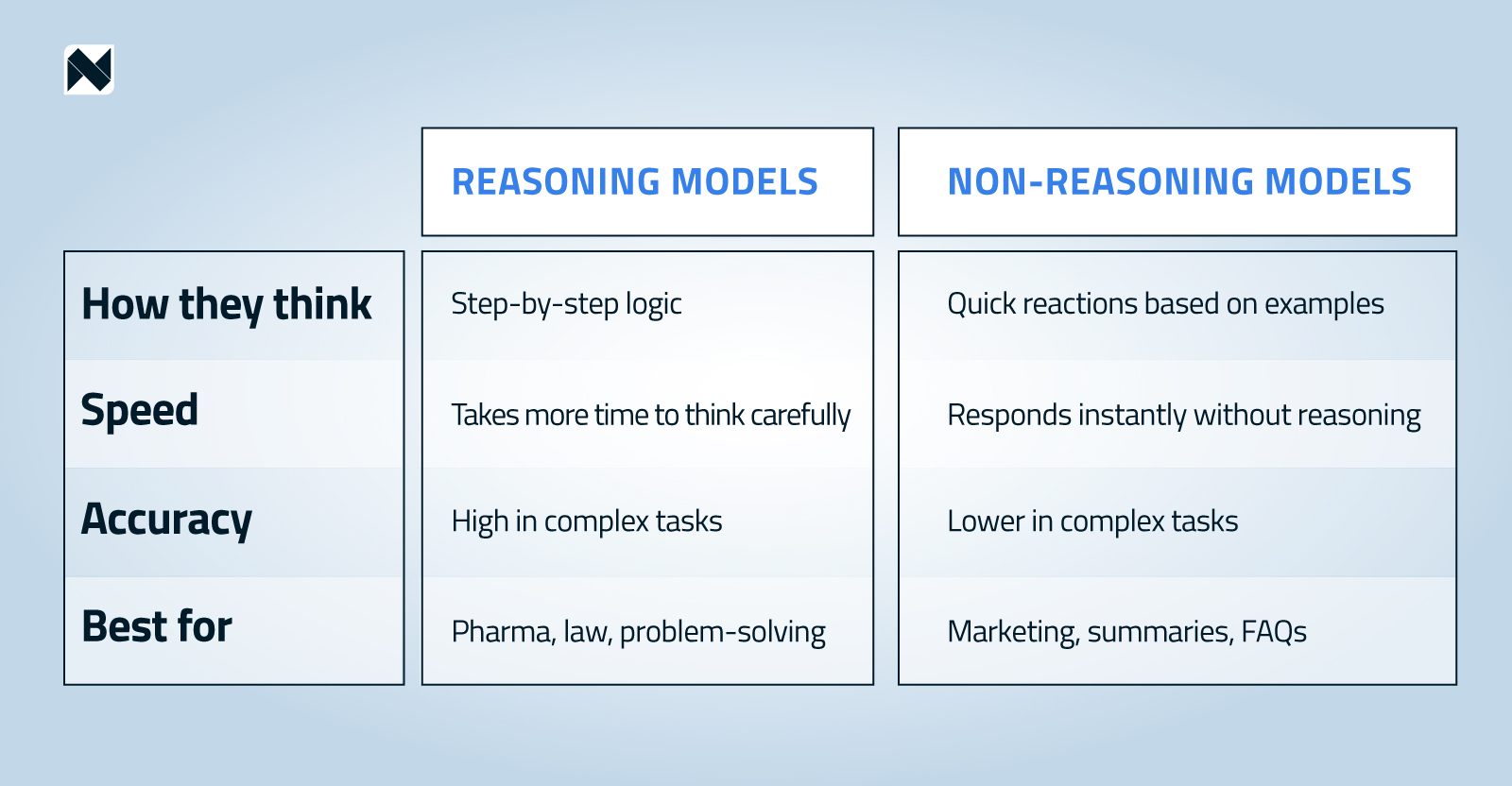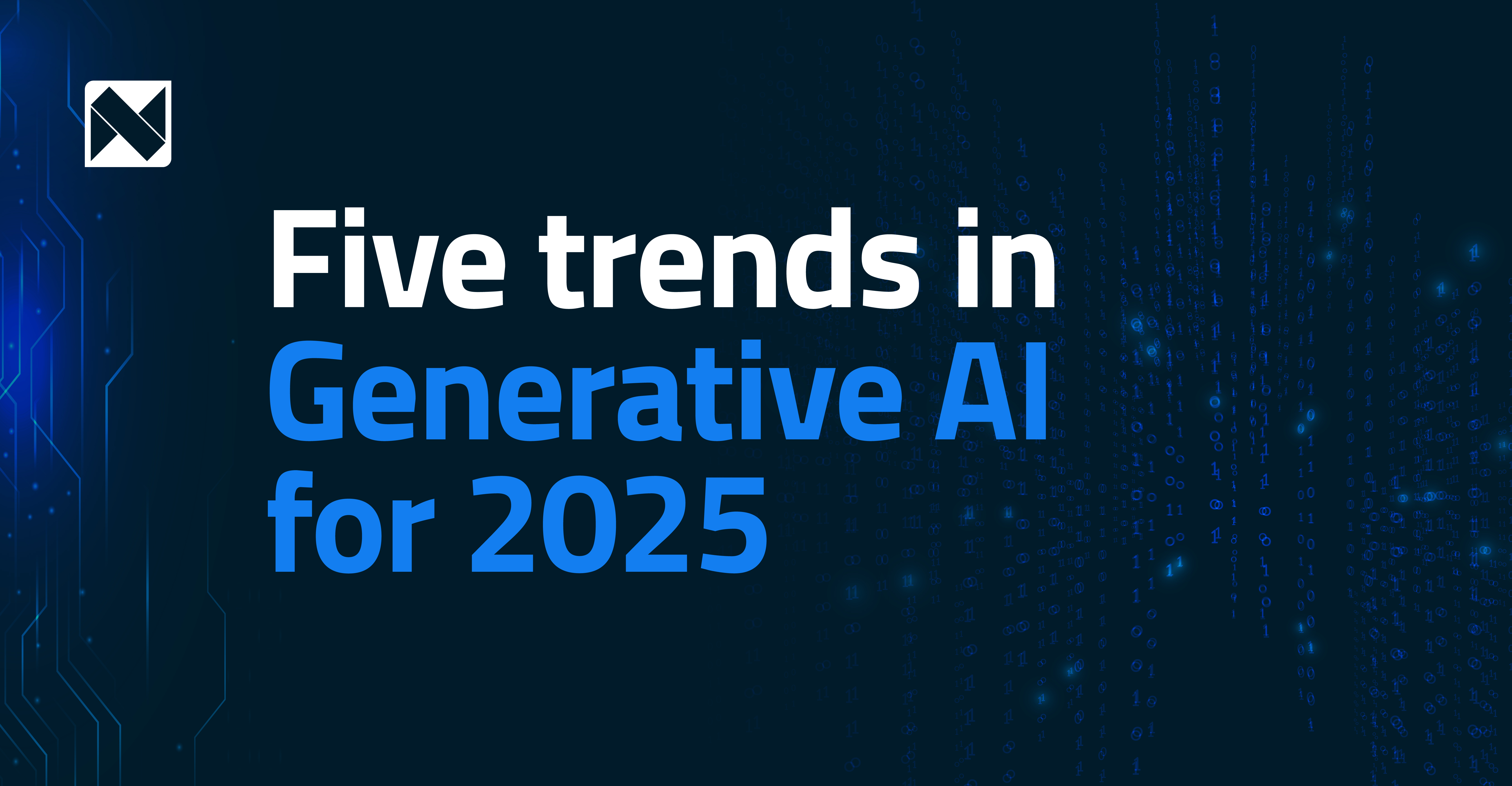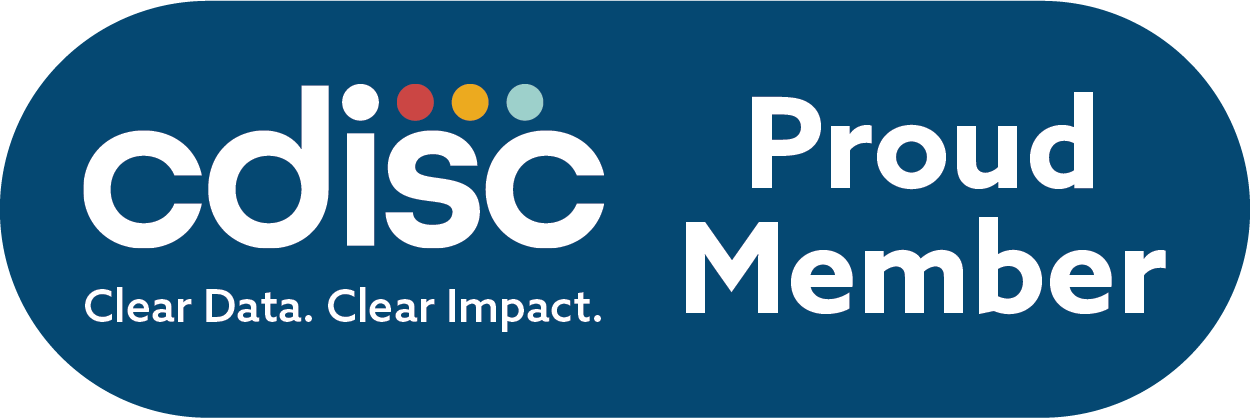June 30, 2023
Generative AI: Transforming industries and fueling economic growth

By Sofía Sánchez González
If a while ago the buzzword was ‘artificial intelligence,’ in recent months, the term ‘generative AI‘ has piqued curiosity across all industries and sectors. The latest study by McKinsey & Company on this technology reveals highly positive and hopeful data about the boost it could provide to the economy in the coming years. Let’s delve into the study. Generative AI: Transforming industries and fueling economic growth.
What is Generative AI? Definition
Generative AI is a type of artificial intelligence capable of generating content, be it text, images, audio, videos, and more. To achieve this, the model needs to be trained, and later it will replicate the learned patterns to generate the content.
It can be applied to numerous industries, from banks to retail to pharmacy.
Why is it so popular?
What has made the term Generative AI so popular? Undoubtedly, ChatGPT, the OpenAI chatbot, has contributed to popularizing this term. Models like DALL-E or Stable Diffusion, responsible for generating images, have also played a role. Moreover, generative AI offers significant potential for economic growth for businesses.
The potential of Generative AI in the global economy
The latest McKinsey & Company study on this technology ensures that generative AI will have a tremendous impact on the global economy, a circumstance they have been studying since 2017. Generative AI could create additional value potential above what could be unlocked by other AI and analytics.
But it needs to be demonstrated, and that’s why they provide some figures:
- Generative AI could increase sales productivity by 3 to 5% of current global sales expenditures.
- Across 63 use cases, generative AI has the potential to generate $2.6 trillion to $4.4 trillion in value across industries.
- Generative AI is likely to have the biggest impact on knowledge work, particularly activities involving decision-making and collaboration, which previously had the lowest potential for automation.
Pharma Industry
A highly relevant use case is the introduction of generative AI in the pharmaceutical industry. Generative AI deployment could unlock potential value equal to 2.6 to 4-5% of annual revenues across the pharmaceutical and medical product industries.
According to McKinsey, it has two advantages:
- Improvement in the automation of preliminary screening.
- Enhancement of indication finding.
This is precisely what we specialize in at Narrativa.
3 use cases of AI helping Science
1.Patient safety narratives automation
When scientists conduct clinical trials to test new medicines or treatments, they collect a lot of data and information about the patients who participated in the study. This information is then used to create reports about the safety and effectiveness of the medicine or treatment. Patient safety narratives are an important part of these reports, as they describe any adverse events or side effects that patients experienced while participating in the study.
However, writing these patient safety narratives can be time-consuming and repetitive, especially if there were many patients in the study. This is where automation comes in. By using our generative AI technology, scientists can automate certain parts of the report-writing process.
This means that they don’t have to spend as much time writing the same things over and over again, and they can focus on more important tasks. Automating the patient safety narrative generation process can also help ensure that the information is accurate and consistent across all reports. It enforces the use of a common data source, which means that all reports are based on the same information. This makes it easier to compare results across different studies and to ensure that the medicine or treatment is safe for use.
Overall, automating the patient safety narrative generation process is a valuable tool for scientists conducting clinical trials. It helps save time, improve accuracy and consistency, and speed up the regulatory approval process, all of which are important for getting safe and effective medicines and treatments to the people who need them.

Generative AI: Transforming industries and fueling economic growth
2. Clinical trial TLFs automation
Tables, Listings, and Figures (TLFs) are important tools used to summarize the data from clinical trials in a clear and easy-to-understand format. They are created by specialized programmers and statisticians who work for the organization conducting the study. The TLFs help researchers understand the results of the study by presenting the data in a way that are easy to read and interpret. This information is then used to make important decisions about new treatments and medications.
Medical writers use TLFs to create reports and documents about the study. This is a critical step because these reports are used by regulatory authorities to make decisions about whether to approve new treatments and medications. Some TLFs are simple and straightforward, while others require more explanation. Medical writers may need to spend a lot of time interpreting the TLFs to make sure they understand what the data mean. They may also need to go back and forth between different TLFs to check for consistency and accuracy.
While TLFs are important tools for understanding clinical trial data, creating and using them can be a time-consuming and complicated process. The programmers and statisticians need to check the data to make sure they are accurate and reliable. If the medical writers want to change anything in the TLFs, the programmers may need to rewrite the code that created the TLFs. This means more checking and validation is needed to make sure the new TLFs are correct. All this work can cause delays in getting the final reports to the regulatory authorities, which can be a problem because they need to review the data before they can approve new treatments or medications.
3. Automation of clinical study reports
The automation of clinical study reports helps pharma companies create more efficient processes and scale down costs. At the same time, they can better adhere to guidelines and reduce the number of mistakes and, as a result, also the number of reviews. For example, the automation of TLFs and patient safety narratives has proven to be of significant value to our partners in terms of reducing the time, effort, and cost needed by their medical writing teams to create CSRs.
It is part of Narrativa’s mission to use technology for good, and transforming medical trial data into documentation is certainly a way that artificial intelligence can be democratized for the benefit of humanity.
About Narrativa
Narrativa is an internationally recognized generative AI content company that believes people and artificial intelligence are better together. Through its proprietary content automation platform, teams of all types and sizes are empowered to build and deploy smart composition, business intelligence reporting, and process optimization content solutions for internal and external audiences alike.
Its tech stack, consisting of data extraction, data analysis, natural language processing (NLP), and natural language generation (NLG) tools, all seamlessly work together to produce content quickly and at scale. In this way, Narrativa supports the growth of businesses across a variety of industries, while also saving them both time and money. Accelerate the potential with Narrativa.
Contact us to learn more about our solutions!
Share







